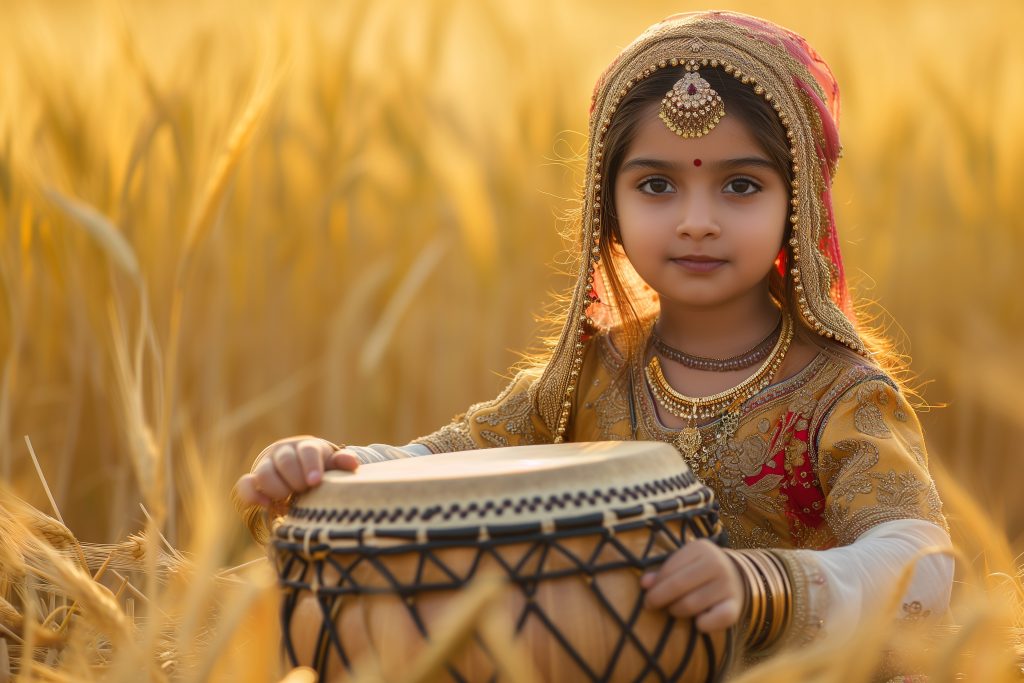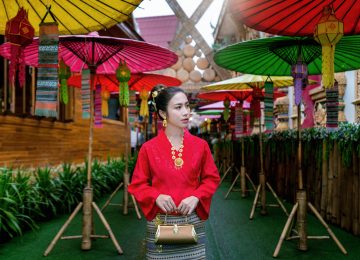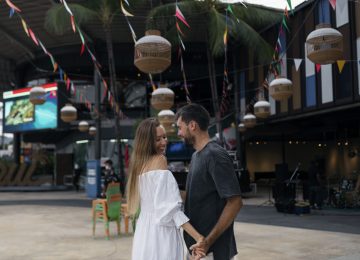At Laos Wire, we believe that every beat of a drum and every graceful dance step carries centuries of history and tradition. Music and traditional arts are not just performances in Laos, they are living expressions of culture, spirituality, and community life. They tell stories of love, nature, history, and daily experiences, shaping the unique identity of the Lao people.
Throughout the ages, music and traditional arts have been at the heart of celebrations, religious rituals, and storytelling. From the soulful sound of the khene to the graceful rhythm of lam vong dance, these art forms continue to thrive, bringing together generations and preserving the soul of a nation.
More Related: Celebrating Local Culture & Events with Laos Wire
The Heartbeat of Lao Music and Arts
Music and traditional arts are deeply rooted in Lao society. They serve as a bridge between the past and the present, weaving cultural values into everyday life. Unlike modern entertainment that focuses on trends, traditional Lao music and arts emphasize heritage, values, and community connection.
Whether it is performed in temples, village gatherings, or national festivals, traditional music and dance showcase the pride and creativity of the Lao people. They are symbols of resilience, reminding everyone that culture must be cherished and preserved.
Exploring the Instruments That Define Lao Music
The soundscape of Lao music is defined by unique instruments, many of which are handmade and passed down through generations. Each instrument carries a cultural meaning that goes beyond melody.
Iconic Lao Instruments
- Khene: Known as the national instrument of Laos, the khene is a bamboo mouth organ that produces a haunting yet harmonious tone.
- Kong Vong: A circle of small gongs played in ceremonies and festivals.
- Phin: A traditional lute that blends rhythm and melody in folk performances.
- Drums: Used in rituals and festivals to accompany both dance and chants.
| Instrument | Description | Cultural Use |
| Khene | Bamboo mouth organ | Ceremonies, folk music |
| Kong Vong | Gong circle | Festivals, traditional shows |
| Phin | String instrument | Folk songs, village gatherings |
| Drums | Percussion | Rituals, celebrations |
The Language of Dance in Lao Culture
Traditional Lao dances are more than entertainment; they are stories in motion. Each gesture, step, and movement reflects cultural themes such as harmony, respect, and unity.
Celebrated Traditional Dances
- Lam Vong: A circle dance performed during weddings and festivals. It is graceful, social, and deeply symbolic of community unity.
- Lam Phuen: Often performed in ceremonies, this dance tells stories of nature and spirituality.
- Folk Dances: These dances vary by region, highlighting local traditions and ways of life.
Dance is also a form of storytelling. Without words, performers convey tales of love, history, and spirituality, making it one of the most cherished art forms in Laos.
Rituals and Ceremonies Where Arts Come Alive
Music and traditional arts are inseparable from spiritual and communal life in Laos. Temples and village gatherings often resound with the sound of instruments and chants, making ceremonies unforgettable experiences.
- Religious Ceremonies: Traditional instruments accompany Buddhist rituals, offering a sense of calm and reverence.
- Festivals: Major festivals such as Lao New Year feature dance performances and music competitions.
- Life Events: Weddings, births, and community milestones always involve music and dance to bless the occasion.
The Storytelling Power of Traditional Arts
Art in Laos is not limited to sound and dance—it also includes visual expressions such as murals, weaving, and puppetry. Each piece is a story preserved for future generations.
Visual Arts with Cultural Depth
- Weaving: Silk and cotton textiles tell stories through colors and patterns.
- Murals: Found in temples, murals depict Buddhist tales and historical events.
- Shadow Puppetry: An ancient form of storytelling performed during festivals.
These arts are part of an oral tradition where history, morals, and values are passed from one generation to the next.
Preserving Heritage in a Modern World
As modern entertainment becomes popular, there is a growing need to preserve traditional Lao arts. Government initiatives, community workshops, and cultural organizations are working tirelessly to ensure that young people remain connected to their roots.
Steps for Preservation
- Encouraging schools to teach traditional music and dance.
- Hosting festivals dedicated to local art forms.
- Supporting artists who specialize in traditional crafts.
- Promoting cultural tourism to share Lao heritage globally.
The Role of Music and Arts in Daily Life
Unlike art forms that only appear on stage, Lao music and arts are part of everyday life. People sing folk songs while working in fields, perform dances during family gatherings, and weave textiles that reflect community stories.
These traditions not only entertain but also instill values of cooperation, respect, and harmony in society.
How Traditional Arts Inspire Modern Creativity
Contemporary Lao artists are blending traditional sounds and styles with modern influences. This has given rise to new music genres and art movements that honor heritage while appealing to younger generations.
- Traditional instruments like the khene are being used in pop and fusion music.
- Dancers incorporate lam vong steps into modern choreographies.
- Designers use traditional textile patterns in fashion collections.
This creative blend keeps traditions alive while making them relevant in today’s world.
Global Recognition of Lao Arts
The uniqueness of Lao music and arts has gained international appreciation. Performances at cultural festivals abroad showcase the country’s heritage, drawing interest from global audiences.
Many visitors to Laos also engage in workshops to learn traditional dance or try playing the khene, making cultural tourism an important part of the economy.
Frequently Asked Questions
What is the national instrument of Laos?
The khene, a bamboo mouth organ, is considered the national instrument and symbolizes Lao identity.
Are traditional dances still performed today?
Yes, dances like lam vong are widely performed at weddings, festivals, and community events.
How are Lao arts preserved for future generations?
Through school programs, festivals, community initiatives, and cultural tourism, traditional arts continue to thrive.
Do young people in Laos still engage with traditional music?
Yes, many young artists are blending traditional instruments with modern music styles, keeping heritage relevant.
Why are music and arts important to Lao society?
They strengthen community bonds, preserve cultural values, and provide spiritual and emotional expression.
Conclusion
Music and traditional arts are the heartbeat of Laos, offering a timeless connection between history, culture, and modern life. At Laos Wire, we celebrate these traditions not only as art forms but as living expressions of identity and resilience.
From the sound of the khene to the rhythm of lam vong, these traditions continue to inspire, heal, and connect people across generations.
Preserving and promoting them ensures that the cultural spirit of Laos remains strong, vibrant, and respected both at home and around the world.









